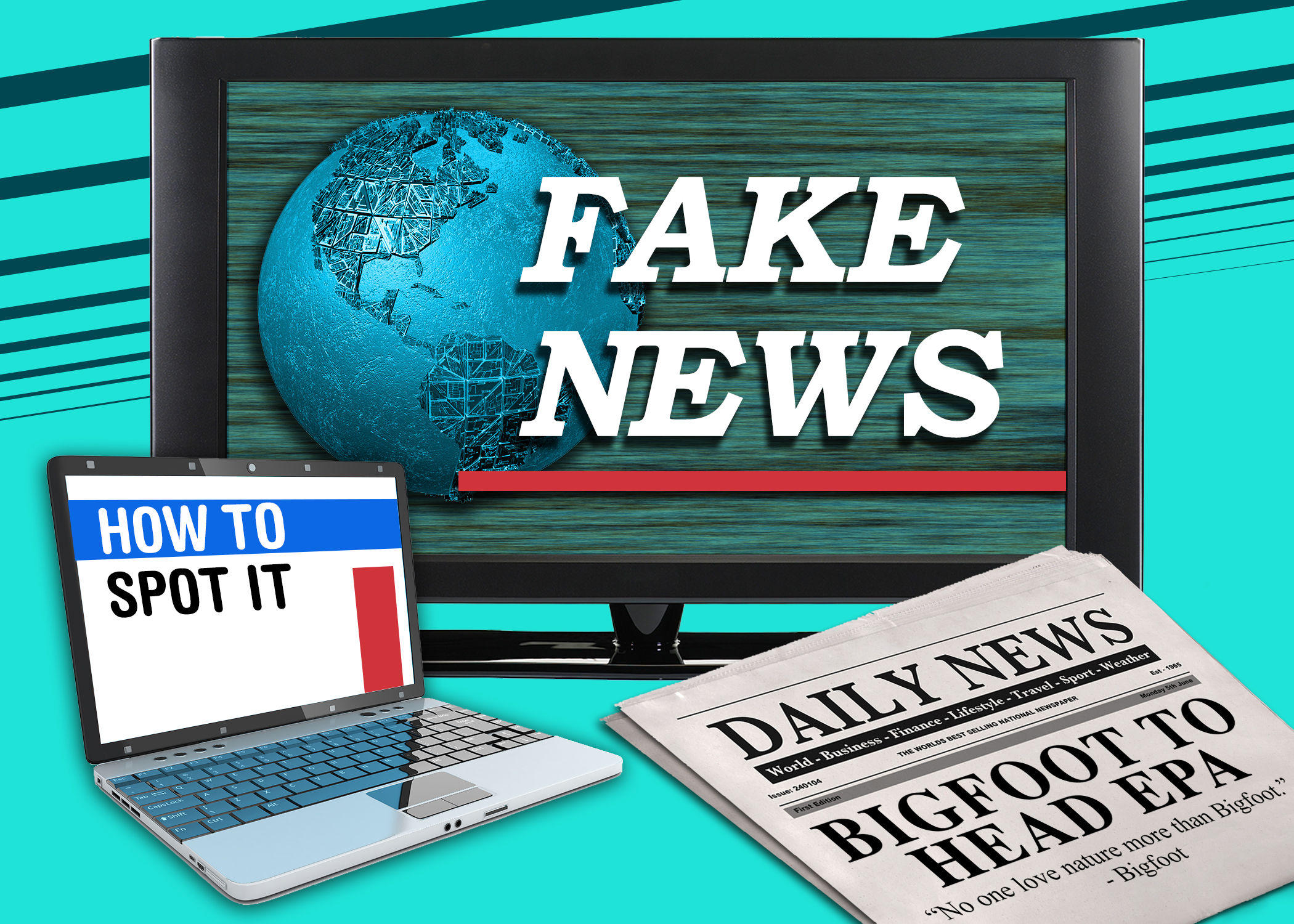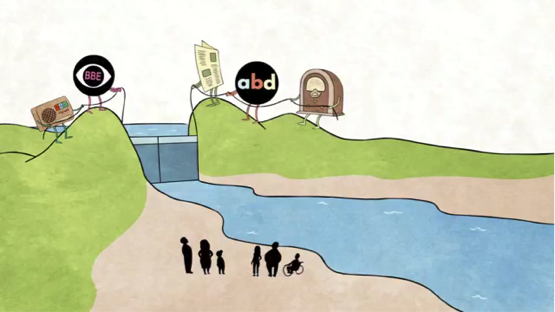Fake News! What is it and why is everyone talking about it?
It seems that almost anywhere you look these days there are reports about fake news. Here at the Enoch Pratt Free Library/Maryland’s State Library Resource Center, we have been working to develop tools and resources to help you debunk fake news like myths, propaganda, satire, hoaxes, and misinformation. And while it might seem impossible to find news without bias or slant, the Library is here to help!

So how can you identify fake news?
Tip #1 – Look at the author and sources
Don’t just take the story’s word for it! Look to see if other news outlets are reporting the same information. Two good sources are the Associated Press (AP) and Reuters which simply report “the facts”—news stripped down to no commentary and just the information itself. Also check an author’s bio in the “About Me” section of a website or read more about an organization in the “About Us.” Check for the ending of the website’s URL: .gov, .edu, .mil, and .org are more credible than websites that end in .com, .net, and many others. Remember you can always use the Library catalog and Research Databases and Newspapers to find more information.
Tip #2 – Look at the information being presented
Is it too good to be true? Too shocking? Then it might be fake news or maybe even a joke—satire websites like The Onion are too often taken as serious news and then shared on social media sites like Facebook or Twitter. Make sure your information is “fresh” –check the date on when the story was reported or posted because often there are updates to a story or just like milk in the fridge, a story is no longer good after some time. Look for a bias or slant in the information and check to see if the story has sources and quotes those sources for information.
Tip #3 – Ask an expert
Ask a librarian for help! Or visit your local library and use its resources to help you. There are also a variety of fairly reputable fact-checking websites as well. Some examples are:
- LinkedIn.com: Professional networking website for researching credentials
- FactCheck.org: Annenberg Public Policy Center website for political claims
- Politifact: Pulitzer Prize-winning site for checking political claims
- Fact Checker from The Washington Post: Political facts
- Snopes.com: Debunking website focused on news, social media, and urban legends
- Snopes Field Guide to Fake News Sites and Hoax Purveyors
- Open Secrets.org: Center for Responsive Politics
- Hoax-Slayer.com: Debunking website and information on website scammers
This TEDEd video by Damon Brown “How to Choose Your News” offers strategies for analyzing news sources. https://youtu.be/q-Y-z6HmRgI

Words to Know: Fake News
fake news: information that cannot be verified, without sources, and possibly untrue
clickbait: Internet headlines or content that catch a reader’s attention to make them click on a link
trolling: deliberately posting online content, comments, or messages to upset or anger another person
bot: computer code written to act on its own and interact with other users or programs; for example, a twitter bot can automatically post tweets or retweets on a schedule, sometimes tweeting spam
snowflake: an insult for someone who is too sensitive, too easily insulted, or cannot take criticism